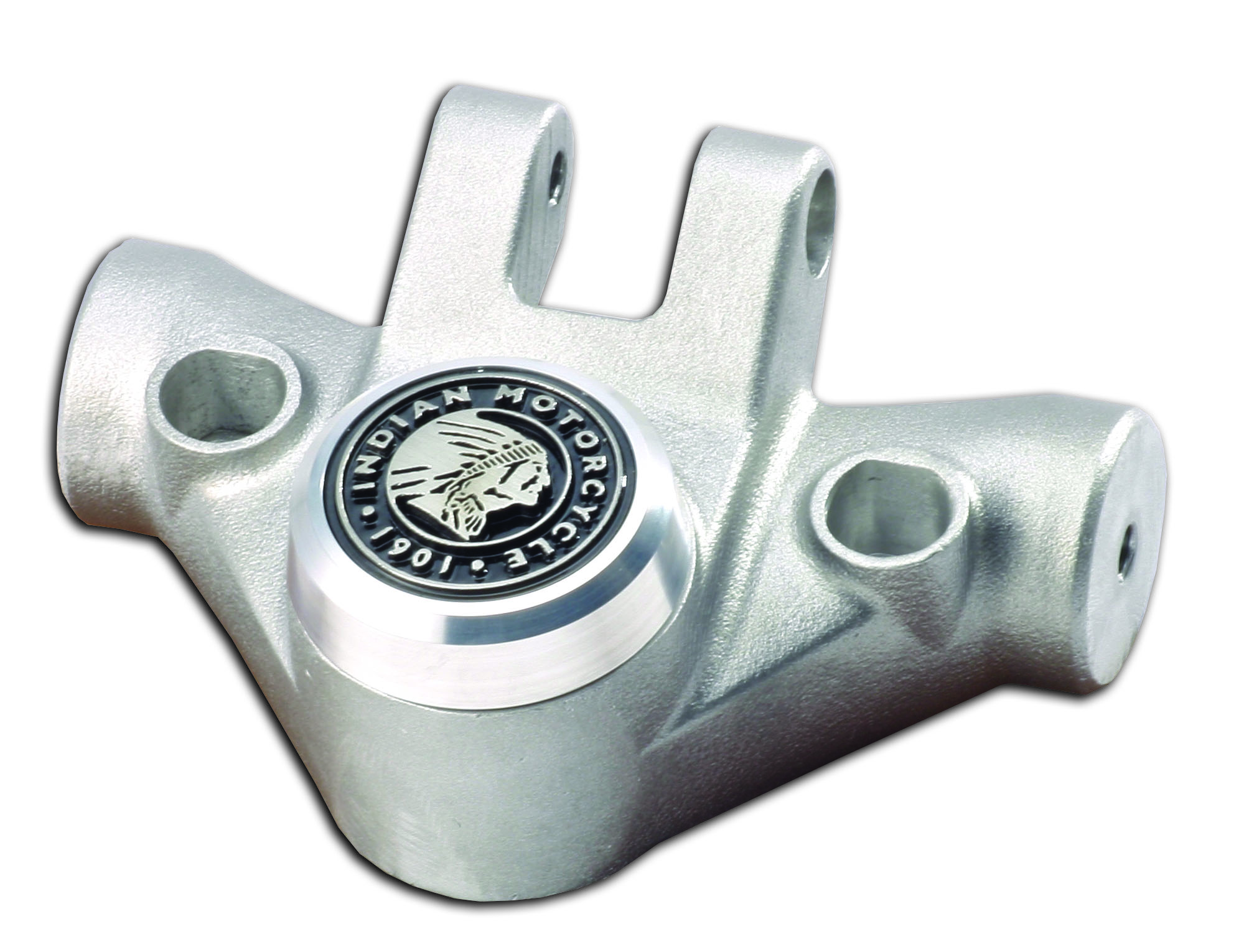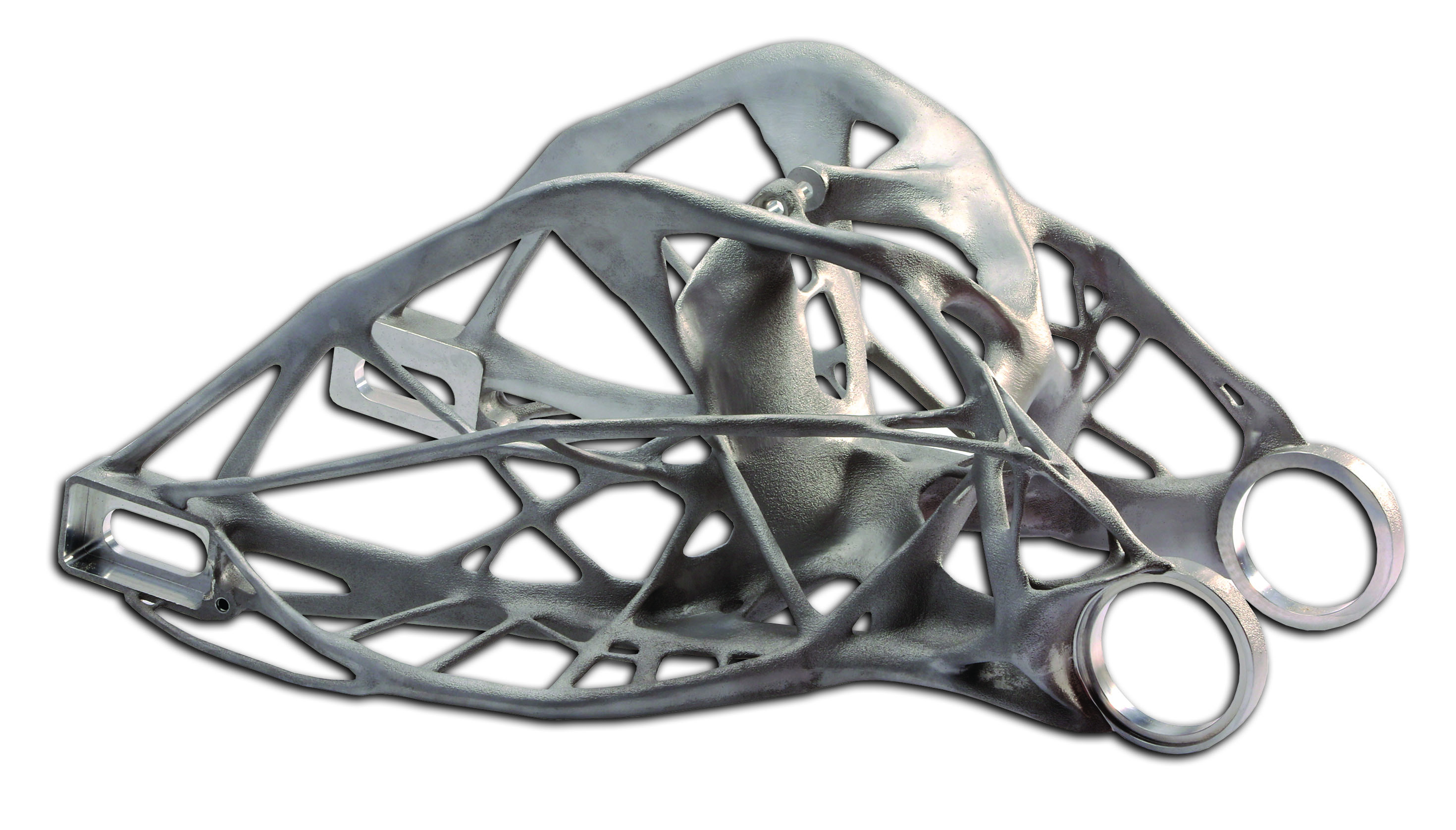Factors in Prototype Tooling
Foundries and pattern shops are becoming more sophisticated when it comes to delivering prototype castings in a timely manner, and much of it comes down to the tooling.
Any new part goes through a prototype phase to prove out the design and ensure it will meet all requirements before heading into production. It is an important early step in the supply chain, and the options for manufacturing prototypes have become more varied and refined to meet customer needs.
A common term used in prototype manufacture is “soft tooling.” For the casting process, this means tooling manufactured out of a more pliable material that is quicker and easier to machine than a typical tool made in aluminum, steel, or iron. Soft tooling materials include wood such as mahogany or polyurethane modeling board. These materials can withstand small volumes of production before needing to be repaired or replaced and the tooling can be made quickly and relatively inexpensively.
The advantage of soft tooling is that it is similar to production tooling and can assist in designing the part to be more manufacturing friendly.
“You are designing somewhat in line with production and can see if there are any concerns during the casting process,” said Tony Cremers, president, AFS Corporate Member Craft Pattern & Mold Inc. (Montrose, Minnesota). “That is a great way to prove out the design.”
When time is a greater factor, foregoing tooling by directly printing the mold is growing in popularity and application. Projects that have a short timeframe and low number of parts needed are well-suited for 3D-printed sand molds or 3D-printed wax patterns for investment casting.

“I ask the customer what their goals are and what they are doing with the prototype,” Cremers said. “Are they going to be ordering any more parts after this first one? What’s the timeframe?”
At AFS Corporate Member Tooling & Equipment International (Livonia, Michigan), 80% of prototypes are made via 3D printed sand, so no tooling is required at all.
“The other 20% are for orders with higher volumes or a particular surface finish,” said Oliver Johnson, TEI’s president. “And then we use CNC machining of modeling board to produce the tool.”
While many foundries and pattern shops have begun using the 3D printing process to also create the tooling itself, TEI has set itself up to build tools quickly with 55 CNC machines in-house.
“For our process, we are not advocates of 3D printing the tooling itself,” Johnson said. “If it is a complex part that might need 20 individual tooling pieces, we can spread it across 20 CNC machines to machine at once and have it done very quickly.
“Some people are doing plastic printers for gating—I think there is a place for that and is a good application. But for us, it is not a fit to print the whole tool even if it is very small.”
TEI incorporated 3D printing into its manufacturing and casting operations over a decade ago, but it began to grow in use and adaption just five years ago.
“Earlier, printing had problems with its quality and multiple steps, but it got better as binder jetting improved,” Johnson said.
The increase in printer size has also made it more applicable to a wider range of projects. Some customers were wary of TEI using 3D printing to create their prototypes based on past experience, but eventually became convinced after the first successful project.
“We picked those situations when the customer was in a crisis and needed it in a week,” Johnson said. “Now many of our customers rely on it.”
Craft Pattern finds that when it comes to meeting short lead times, loading up its large bridge mills with several prototype tools one day and gluing layers of modeling board material to be machined nonstop until they are done a day or two later is effecient and cost-effective. Craft Pattern also houses two sand molding lines to pour both aluminum and iron castings onsite.
“At Craft, we often say that we don’t sell prototypes. We sell lead times,” Cremers said.
It is ultimately up to the customer to decide where it wants to send its design to be cast and which method those prototypes will be built. Foundries and pattern shops will provide recommendations based on the customer requirements and their own capabilities and expertise.
“In many cases in our quotation, we say, ‘here are two or three ways to make it—you can have it billet machined, have them made in 3D printed sand molds or we can make it with soft tooling,” Johnson said. “We’ll break down the nonrecurring expenses, the cost of programming and building the tool, and then the piece price thereafter so they can see if they need 30 one route is the cheapest route, or if they need 1,000 another route will be more attractive.”
Ultimately, product developers will have to weigh what is most important for the prototype project: mechanical properties, time to manufacture, or price.
“We give the customer several options so they can make the best decision on what is most important for their projects.” Cremers said. “Sometimes it’s 3D-printed, sometimes it’s traditional, sometimes it’s a hybrid design. There are even times when machining direct from billet is the option taken.”

Johnson said it is hard to give rules of thumb about picking the best tooling option because it depends on the part’s size and complexity. Currently, printed sand is costly, so a large complex part that would require a giant 3D-printed sand mold would be a very expensive mold. To give an example, for a large subframe casting, TEI would make up to 10 parts in 3D-printed sand molds, but any more than that would be a better fit for soft tooling, in which the pattern is CNC machined out of modeling board.
Customers can also opt for a blended approach, Cremers said, where cores and loose mold pieces are printed directly in sand while the rest of the tool is CNC machined.
For example, TEI and a customer seeking 1,500 compressor housings for a turbocharger elected to use 3D printed sand for the internal cores and then CNC machine soft tooling for the outside shape.
When the product development team is seeking a prototype provider, Johnson recommends asking candidates about their lead times, scale and capacity for the type of project being shopped.
“One of the principle reasons we brought sand printing in-house is we were using a lot of capacity outside and sometimes would have to wait a week,” he said. “Our business is all about time compression, that is basically what we are selling and that is the key differentiator. We made the investment in the 3D printed molding and technology to do that. Some parts, we couldn’t do any other way.”
Click here to see this story as it appears in the July/August 2019 issue of MCDP.
Case Study for 3D Printed Sand Mold
A product developer needed two prototypes of an aluminum thermal command center, which combines a water pump, thermostat housing and a series of bypass valves and measures 29 x 13 x 6 in., and it needed the castings in four weeks. More parts would probably be needed after testing, after which the design would likely be modified. Because only two parts were required at first, the customer and TEI agreed to manufacture the castings using 100% 3D printed sand molds.
Solidification modeling software was critical to ensure a successful part in the first pour, particularly because the cost of 3D printed sand is high. The engineer used the solidification modeling to determine the orientation in which to cast the part, as well as locations to feed the casting with ingates and risers.
The sand mold packages were printed in approximately 30 hours. The total timeframe from receipt of the 3D data from the customer and delivery of the casting was 15 days.
The cross-over point in which it would be more economical to use soft tooling to make the thermal command center vs. 3D printed sand was determined to be 22 castings.